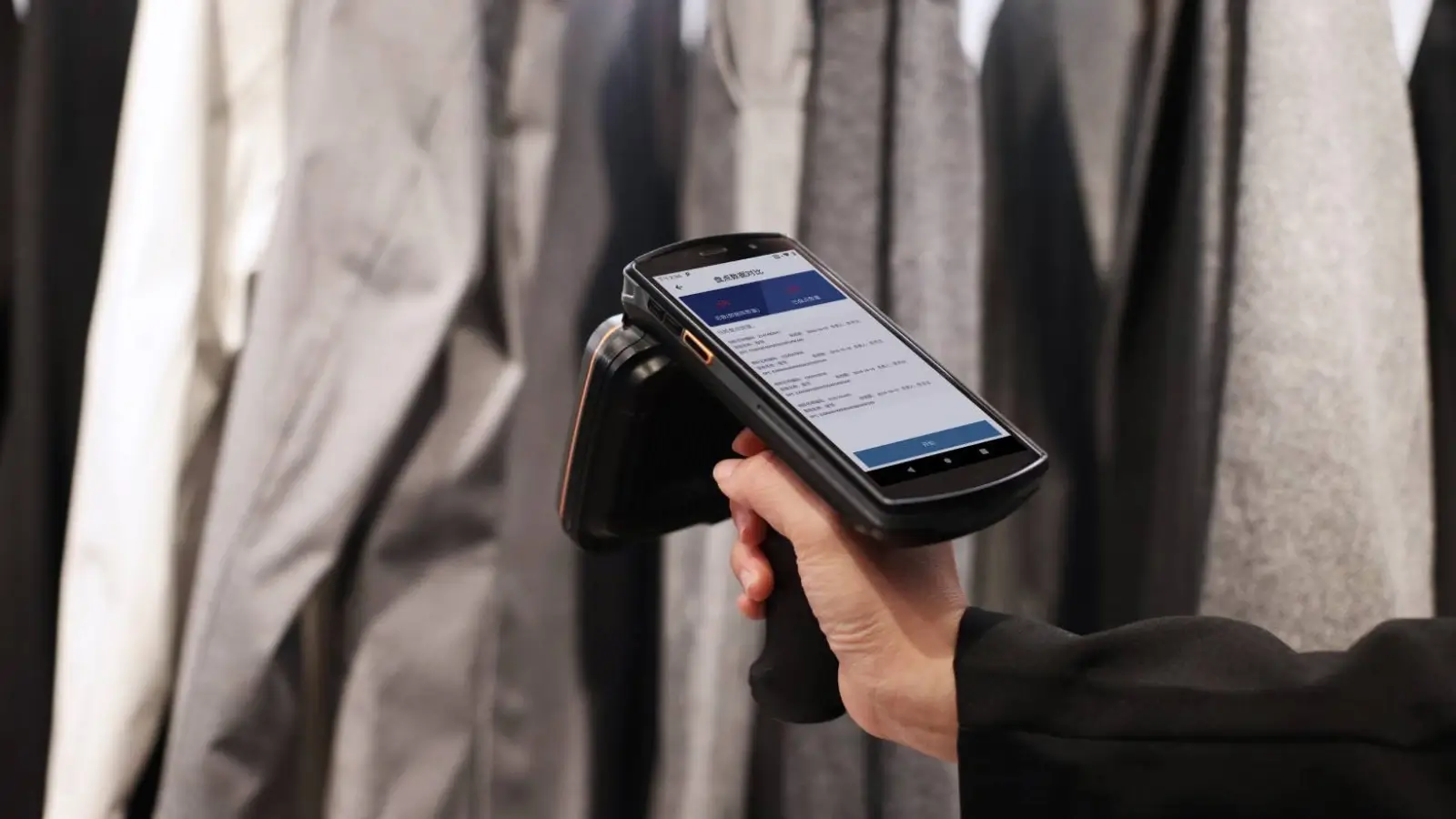


Over 13 percent of retail brands experienced inventory shrink of 3 percent and higher in 2022, yet many retailers cannot identify the specific causes of their losses. Inventory disappears through multiple pathways that traditional tracking methods fail to detect, leaving retailers guessing about where problems occur and how to address them effectively. Understanding the root causes of inventory loss is essential for implementing targeted solutions that actually help in retail loss prevention in the UAE.
Internal theft operates through sophisticated methods that avoid detection by standard monitoring systems. Employees understand store procedures and security measures, enabling them to circumvent traditional controls through methods like fraudulent returns, unauthorized discounts, and coordinated theft rings. These activities often go unnoticed for extended periods because perpetrators appear to be following normal procedures.
RFID asset management creates detailed audit trails that reveal discrepancies between recorded transactions and actual inventory movements. This technology detects internal theft patterns by identifying when items disappear without corresponding sales or authorized transfers, enabling retailers to address problems before losses accumulate.
Inventory losses often begin before merchandise reaches retail locations through supplier short-shipments, damaged goods, and delivery errors that go undetected until periodic inventory counts reveal discrepancies. Traditional receiving processes that rely on manual counting miss these problems, allowing losses to compound over time and making it difficult to identify responsible parties.
Modern retail loss prevention systems verify incoming shipments automatically, detecting discrepancies immediately and creating documentation that supports claims against suppliers or carriers. This capability prevents losses from entering inventory records and ensures accountability throughout the supply chain.
Human error in data entry, pricing changes, and inventory transfers creates phantom losses that appear as theft but actually result from operational mistakes. These errors occur frequently in busy retail environments where staff handle multiple tasks simultaneously under time pressure. Traditional systems cannot distinguish between actual theft and administrative errors, leading to inappropriate responses that fail to address underlying problems.
RFID technology eliminates many sources of human error by automating data capture and inventory tracking processes. When discrepancies occur, detailed records help identify whether problems result from theft, errors, or system issues, enabling appropriate corrective actions.
Shoplifting methods have evolved beyond simple concealment to include sophisticated techniques like price switching, return fraud, and organized retail crime that traditional security measures cannot detect effectively. Professional thieves work in coordinated groups using distraction techniques and surveillance countermeasures that overwhelm conventional loss prevention approaches.
Advanced retail loss prevention systems detect complex theft patterns through behavioral analytics and real-time monitoring that identifies suspicious activities before losses occur. RFID asset management provides immediate alerts when tagged items move inappropriately, enabling intervention while thieves are still present.
Products become unsaleable through damage during handling, storage, or display, creating losses that retailers often fail to track systematically. Perishable goods, fragile items, and products sensitive to environmental conditions generate shrinkage that compounds when proper monitoring systems are not in place. These losses often go unrecorded until periodic inventory counts reveal discrepancies.
Comprehensive asset tracking systems monitor product condition and location throughout the retail process, identifying damage sources and enabling preventive measures that reduce deterioration losses. This capability helps retailers optimize handling procedures and storage conditions to minimize avoidable shrinkage.
Suppliers sometimes engage in fraudulent practices like short-shipping orders while charging for full quantities, or colluding with retail employees to manipulate receiving records. These schemes are difficult to detect without comprehensive tracking systems that verify deliveries independently of manual processes. Such fraud can continue for extended periods before traditional auditing processes reveal problems.
RFID asset management systems in UAE provide independent verification of inventory movements that cannot be easily manipulated by fraudulent schemes. This technology creates objective records that expose discrepancies between what should be in inventory and what actually exists, enabling early detection of supplier fraud or employee collusion.
Many inventory losses result from poor integration between different systems that create data inconsistencies and tracking gaps. When point-of-sale systems, inventory management platforms, and security systems operate independently, discrepancies between systems create opportunities for losses to go undetected. These integration problems multiply in complex retail environments with multiple locations and sales channels.
Modern retail loss prevention platforms integrate multiple data sources to create comprehensive tracking that eliminates system gaps and provides unified visibility into inventory movements. This integration ensures that losses are detected quickly and accurately attributed to their actual causes.